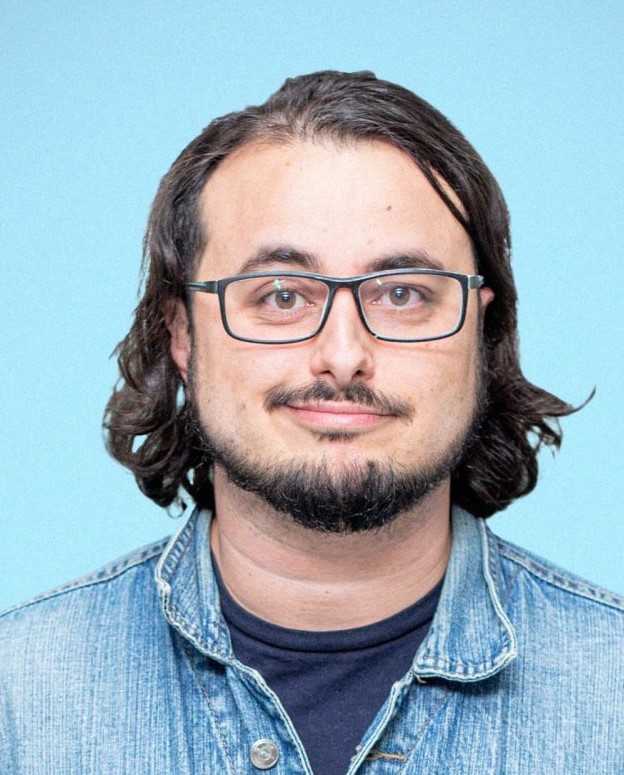Participants: Swedish Institute of Space Physics (IRF) and SSC
Northern Scandinavia is located underneath the auroral oval and at the southern edge of the Arctic polar vortex, a unique geographical location for research in the fields of atmospheric- and space plasma physics. IRF has since its foundation in 1957 a national responsibility to perform long-term monitoring (collect and archive observatory data) in these fields. The Auroral Large Imaging System (ALIS) is an advanced ground-based network of up to eight automated auroral imaging stations, which in 2019 was replaced by ALIS_4D, consisting of imagers with higher temporal and spatial resolution in combination with wide field-of-view (ca. 150 degrees).
The primary scientific objective of ALIS_4D is in the field of auroral physics and the aim of this project is to develop automated routines to perform space object tracking and orbit determination, making use of the same imaging stations and data. Space objects include satellites and space debris, but also naturally occuring meteoroid atmospheric entries – meteors.
Earth is surrounded by an increasing number of active satellites and space debris. Collisions may damage valuable infrastructure in space and cause an exponential growth of the number of objects. To minimise the risk for collisions, all objects in space must be monitored. In this project we will gain experience and develop expertise in using optical sensor data for orbit determination, which is an important part of Space Situational Awareness (SSA) and Space Safety.
Contact
Gabriel Borderes Motta , Postdoc at IRF.
[email protected]
